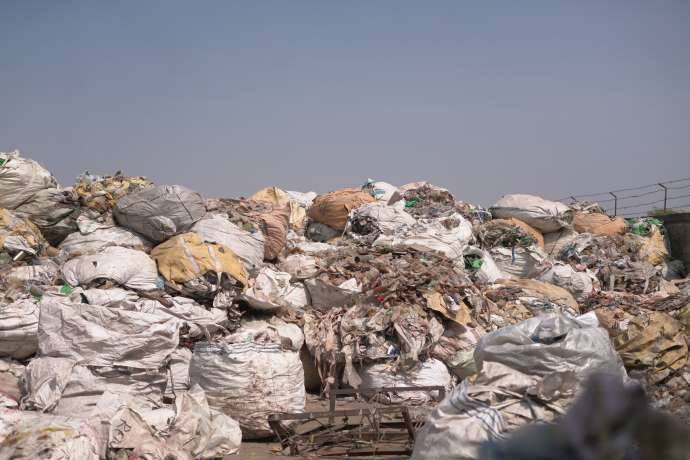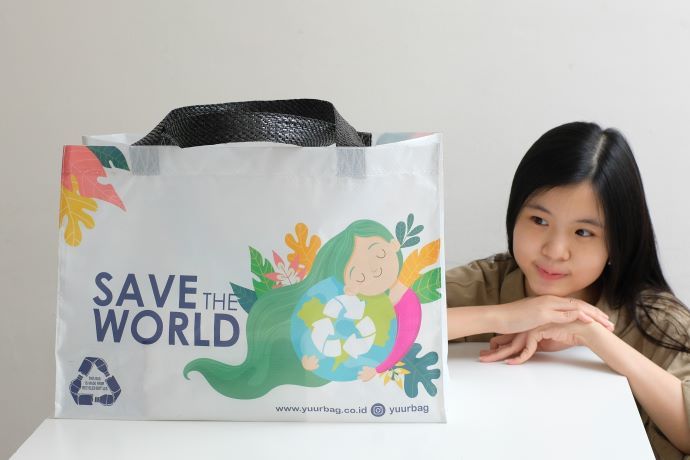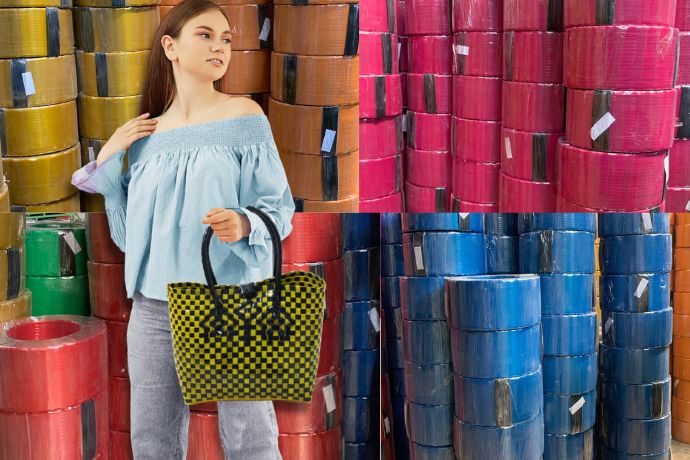How to Switch from Virgin to Recycled Polypropylene
Key Takeaways:
- Switching to recycled PP is feasible and strategic — With proper planning and supplier support, manufacturers can transition without major disruption to quality or operations
- Performance is increasingly reliable — Modern recycled PP, when processed correctly, offers consistent mechanical properties suitable for industrial use.
- Sustainability and cost benefits go hand-in-hand — Recycled PP lowers raw material costs, supports regulatory compliance, and improves brand reputation in a circular economy.
For many plastic manufacturers, making the switch from virgin to recycled polypropylene (PP) raises concerns. Will it disrupt production? Will product quality remain consistent? How complex is the transition?
The good news is that with proper planning, the switch can be smooth and beneficial for both your business and the environment.
This guide provides a step-by-step approach to help you transition efficiently while minimizing workflow disruptions.
Why Switch to Recycled Polypropylene?
Environmental Benefits
- Reduces plastic waste and landfill overflow
- Lowers carbon footprint and energy consumption
- Supports circular economy initiatives
Economic Advantages
- Potential cost savings on raw materials
- Enhanced brand reputation and customer loyalty
- Compliance with sustainability regulations and industry trends
Read More: Simple Explanation of Recycled Polypropylene
Step 1: Understand Virgin vs. Recycled Polypropylene
Virgin vs. Recycled Polypropylene: What's the Difference?
- Virgin PP: Made from newly extracted petroleum; high purity and consistency.
- Recycled PP: Sourced from post-consumer or post-industrial waste; reprocessed for reuse.
Are there performance differences?
- Recycled PP may have slight variations in mechanical properties (e.g., tensile strength, elasticity).
- Advances in recycling technology have improved quality, making it a reliable alternative.
- Proper processing ensures consistency for industrial applications.
Read More : Virgin vs Recycled Polypropylene - What You Need to Know
Step 2: Assess Feasibility for Your Business
Evaluate Material Needs and Product Requirements
- Identify critical material specifications for your product.
- Determine flexibility regarding variations in recycled PP properties.
Find Reliable Suppliers
- Source high-quality recycled polypropylene granules from trusted suppliers.
- Ensure consistency in supply and material quality.
Looking for high-quality recycled PP? Langgeng Jaya Group offers premium recycled PP granules.
Read More: 5 Things to Know Before Purchasing Recycled PP Granules
Review Production Process Compatibility
- Assess if your current equipment can handle recycled PP.
- Make necessary modifications to ensure smooth processing (e.g., adjusting temperatures, additives).
Compliance and Certifications
- Ensure your recycled PP meets industry standards (ISO, FDA, etc.).
- Work with suppliers who provide certified recycled materials.
Step 3: Implement the Switch
Trial Phase
- Conduct small-scale trials to test material performance.
- Adjust formulations or processes as needed.
Evaluate and Optimize
- Assess product quality, production efficiency, and cost implications.
- Make necessary refinements before full-scale implementation.
Full-Scale Rollout
- Coordinate with stakeholders for a seamless transition.
- Monitor production closely to ensure quality consistency.
Also Read : Blending Virgin & Recycled Polypropylene
Step 4: Quality Control and Continuous Improvement
Monitoring and Testing
- Implement strict quality control measures to detect inconsistencies early.
- Regularly test material properties to maintain standards.
Consumer and Stakeholder Communication
- Be transparent about your shift to recycled materials.
- Highlight sustainability benefits to customers and partners.
Step 5: Overcoming Challenges
Addressing Technical Issues
- Work with material experts and suppliers to refine processing techniques.
- Use specific additives to enhance recycled PP performance if needed.
Changing Consumer Perceptions
- Educate customers on the quality and benefits of recycled PP.
- Showcase sustainability initiatives to build trust and credibility.
Conclusion: Future-Proof Your Business with Recycled PP
Switching from virgin to recycled polypropylene is a strategic move toward sustainability and cost-efficiency. By following this step-by-step guide, your company can make a seamless transition while maintaining product quality and operational efficiency.
If you're looking for high-quality recycled polypropylene granules, Langgeng Jaya Group is your trusted partner. We provide top-grade recycled plastics to support your sustainable business goals.
Explore our products: Langgeng Jaya Group Recycled PP



